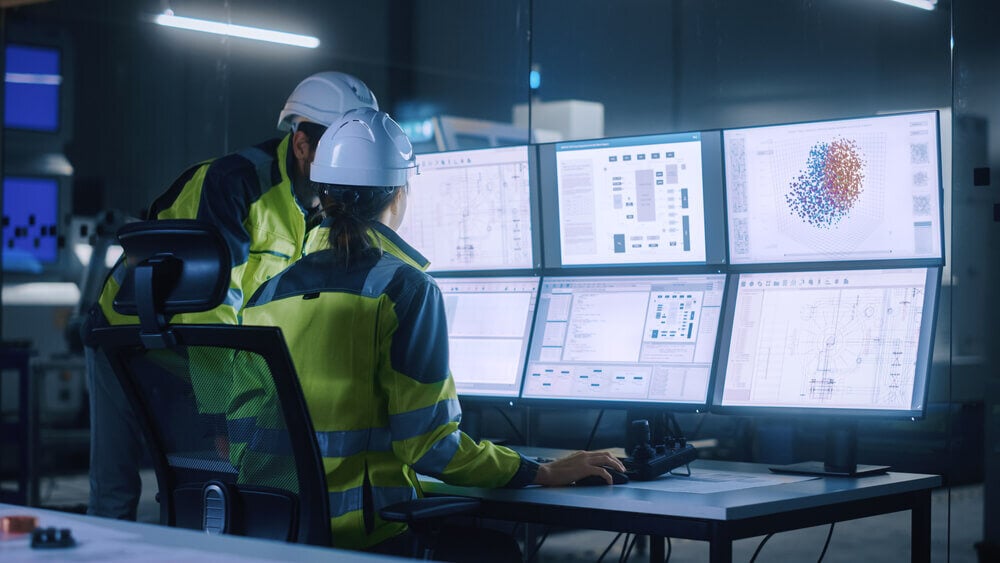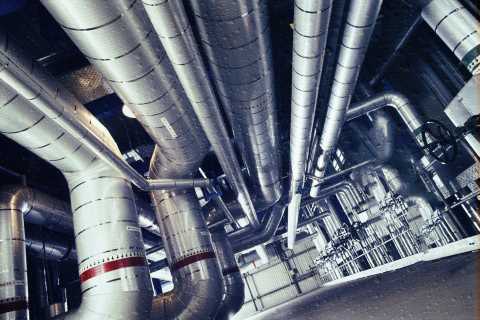Settings can be exported to all devices from a central location. This saves time compared to configuring each device separately. The same basic settings can be applied at once across a whole group of sensors. The settings can also be preserved between projects, which makes commissioning more effective for the device manufacturer in future projects. Each sensor can also be optimised individually.
Smart sensors self-report
The sensor messages include built-in diagnostics about the sensor’s condition. They allow the sensor to be replaced before it breaks down. With conventional sensors, faults and breakages are often a total surprise.
Smart sensors support analysis
Smart sensors convert their signals to digital at the source, allowing the system to receive accurate and error-free messages. In addition to the primary measurement data, the messages can include data on conditions such as temperature or pressure.
This sensor data is useful for analyses aimed at creating added value for the business. Even the most advanced industrial internet applications will not work without sufficient data for analysis, which is where smart sensor solutions come in.
Smart sensors help with maintenance
Smart sensors can be replaced with a standard skill set. The sensor data is also saved in the master unit’s memory and can be copied over to new sensors. This also works in reverse: if the master unit must be replaced, the sensor parameters can be copied directly from the smart sensors. This removes the need to program devices in the field, streamlining maintenance.





